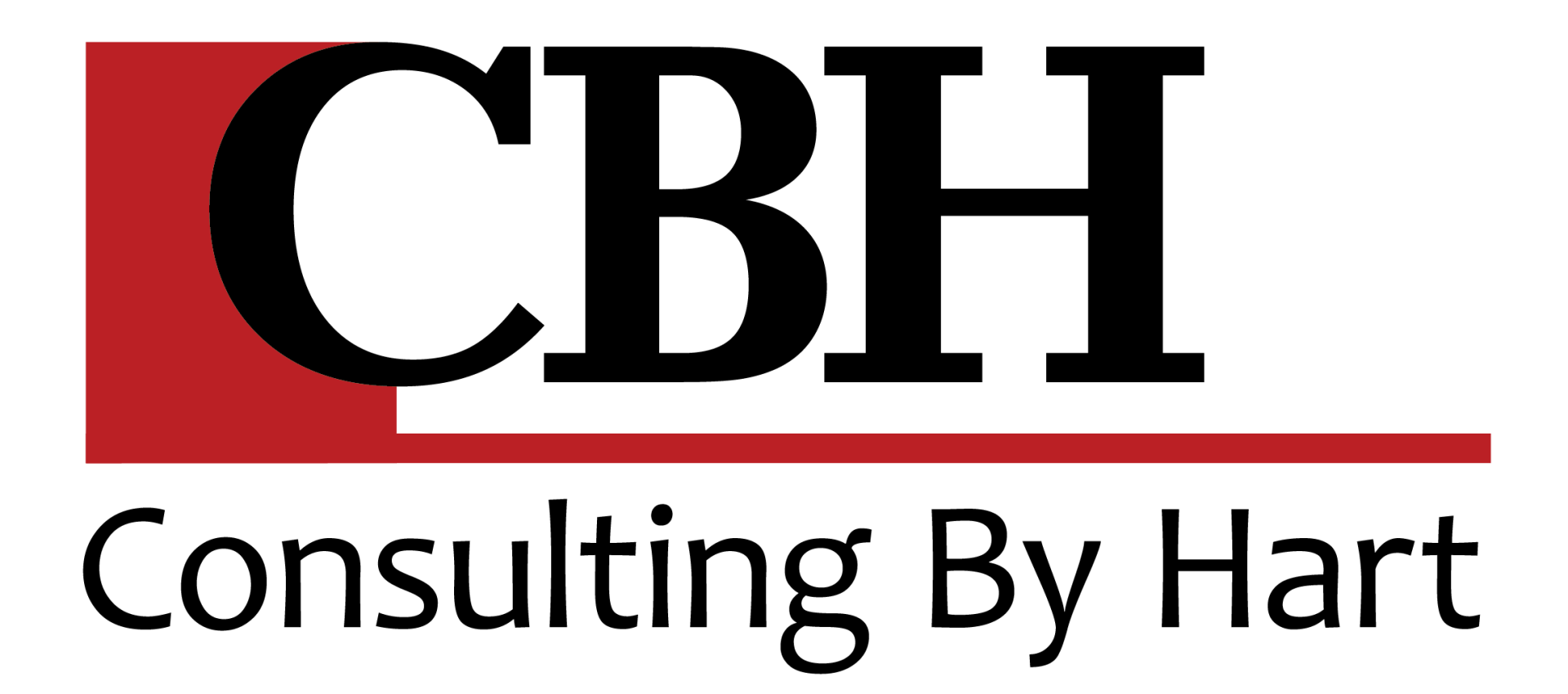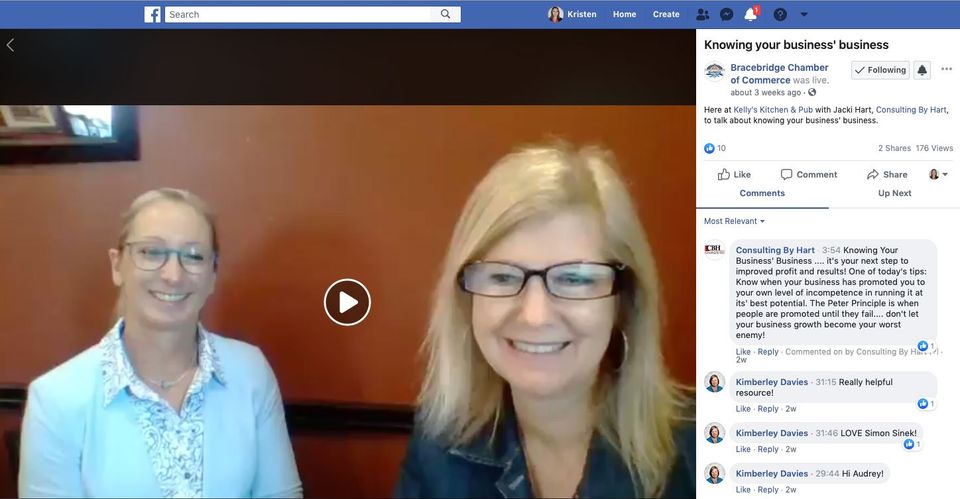The Tough Road to Profit
Watch the full Facebook Live interview here: WATCH NOW!
Your business needs you to work ON it every month, no matter whether it’s your peak season, or a slower time of the year.
Last month, I did a live FB interview with the Bracebridge Chamber of Commerce – entitled ‘Know your businesses’ business. I’ve had lots of response since from business owners, so I struck a chord with many of you, and thought I’d include the highlights here this month.
The interview was a Q and A format. Hopefully you can take a small snippet away to mull over to inspire you to keep working ON your business, and to recognize the signs when you might need to ‘know your businesses’ business” better than you do at this point in time.
Q. Based on your experience as a business coach, in what ways is the average small business owner prepared to run a business?
Unfortunately, many people enter business ownership without formal business management experience or training. They typically come armed with passion, determination and lots of hope. Many small business owners come to own a business because they have experience /skills and believe they can be successful ‘doing’ what they do best rather than knowing how to manage a business.
Most are able to grow a small business to the point where they gather a few staff, and a growing customer base – and it’s all because they have built the company around that core skill they have – whether retail, in the trades, or light manufacturing. Typically there’s lots of experimenting, long hours and determination to get a foothold in the market. But rarely is there the business knowledge, strategy or capital to really get solid momentum.
“What are some of the reasons that many small businesses struggle to make profit?”
In the early months and years, the focus is usually on validating the business, and gathering momentum (brand, cash flow, sales).
Sooner or later, most hit the wall of growth where the business (or the customers) are either running them, outsmarting them or both. Young businesses typically don’t have consistent systems in place – so everything flows to and through the owner. When you’re spread too thin, balls start to drop and so does profit. Typically no one is working regularly ON the business, everyone is full-on IN the work of the business. Without knowing how to manage gross profit and overhead recovery, a small business owner can back themselves into a corner financially fairly quickly.
Think of the Peter Principle, where people get continually promoted until they reach the level of their own incompetence. Many small businesses gain momentum to the point that the owner is promoted to his or her own level of incompetence. It’s at that point that many close the doors and work elsewhere, dig a deeper hole without realizing it, or finally seek the help, resources and coaching they need to turn the results around into profit.
“At what point does the reality of low profit and high debt typically happen?”
In my experience, for contractors and most service providers, the pain point – where business owners start hitting their own glass ceiling - is around $1mil in sales. – give or take $200K
I have coined the phrase in many of my published articles, web materials, MasterMind groups and workshops as “hitting The Million Dollar Wall.”
It’s the point at which business owners need to shift from owning a business to buy themselves a job, to becoming an entrepreneur who solves problems and builds equity strategically. It’s also the point at which many small businesses either stall or fail.
“How do you help guide business owners past hitting the wall of poor profit and cashflow?”
There are lots of important lessons to ‘learning your businesses’ business’. They start with a clear ‘reality check’ on what’s actually going on. An early step in the ‘fixing’ process includes a deep dive into ‘the numbers’ – which makes most small business owners either cringe or doze off. We work together, step by step until we find the answers to basic questions such as: How is product or service being priced? What are the overhead expenses? What are the cost of sales? How accurately are records being kept and how often? What debt are they carrying and can they service it comfortably? (loans, leases, rent, credit cards, lines of credit etc). The low hanging fruit to better results is typically found in this first layer of inquiry. It’s a good place to start getting early wins. It’s always well worth the effort and pays back exponentially.
Watch your inbox for next months issue, where I’ll be sharing the second half of the FB Live Interview TOP TEN TIPS to help you Know Your Business’ Business.
Other Articles That May Interest You:





